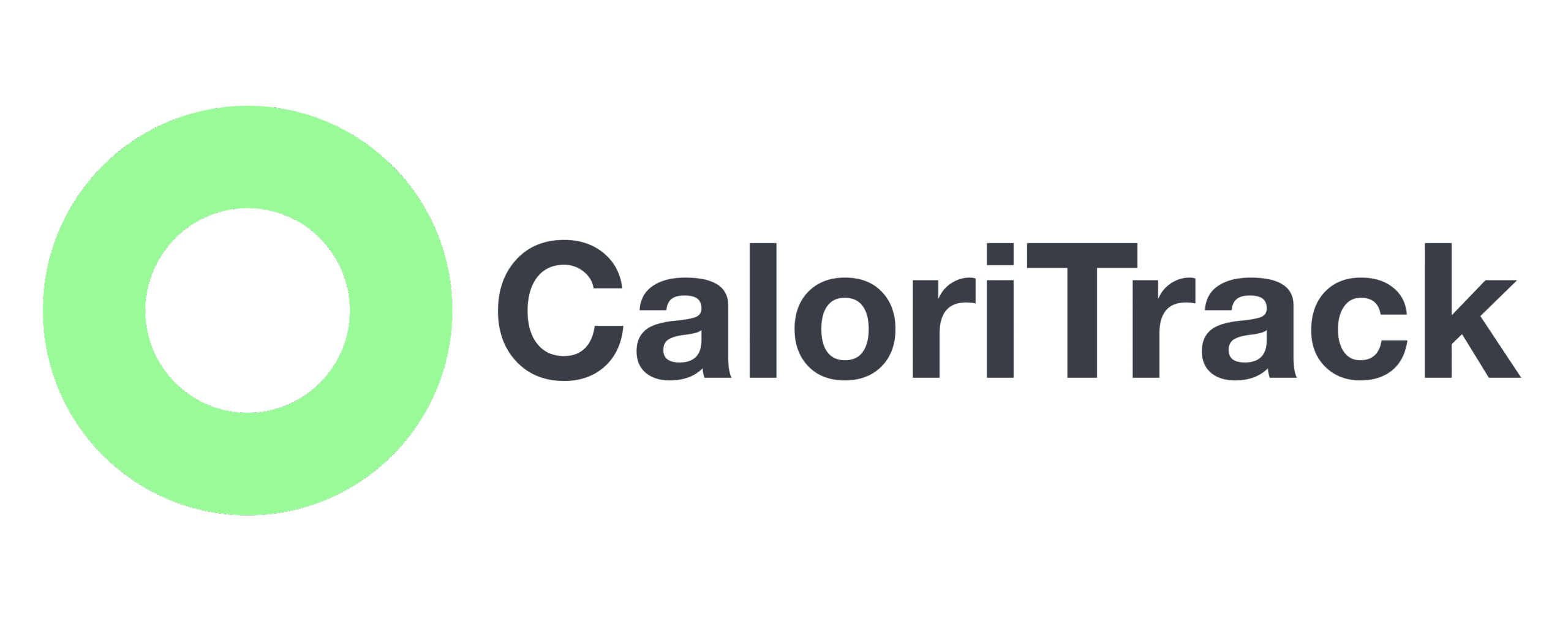
The Power of Intermittent Fasting: More Than a Diet, a Journey of Self-Knowledge
Have you heard about intermittent fasting and wondered if it’s for you? In a world full of complex diets and empty promises, intermittent fasting stands out as a powerful and simple tool that goes beyond mere weight loss. It’s not a restrictive diet, but an eating pattern that invites you to rediscover your relationship with your body, giving you control and, in the process, renewed health.
At Caloritrack, we believe that wellness is not a destination, but a journey of self-knowledge. And intermittent fasting is one of the most effective vehicles to embark on this path.
What is Intermittent Fasting?
Simply put, intermittent fasting is a way of organizing your meals into time windows. It doesn’t tell you what to eat, but when to eat. The most common approaches include 16:8 (fasting for 16 hours and eating in an 8-hour window) or 5:2 (eating normally for 5 days and restricting calories for 2 days). This flexible approach adapts to your life, not the other way around.
The Surprising Benefits Fasting Can Unlock
Intermittent fasting is not about stopping eating, but about allowing your body a digestive break to activate internal repair processes. Science has shown that, when done safely, its benefits are profound and transformative:
- Metabolic Health and Weight Control: By restricting your eating window, you improve insulin sensitivity. This helps your body use glucose more efficiently, which can lead to sustained fat loss and a reduced risk of metabolic diseases.
- Mental Clarity and Focus: Do you feel “brain fog”? Many users report greater mental sharpness and concentration during fasting periods. This is because fasting can stimulate the production of a brain growth factor called BDNF, which is essential for neuronal health.
- Cellular Renewal (Autophagy): Fasting activates a cellular process called autophagy, which literally means “self-eating.” It’s your body’s cleaning and recycling system, where damaged and old cells are eliminated to make way for the creation of new, healthy cells, giving you a sense of greater vitality and youth.
Intermittent Fasting with Caloritrack’s Guidance
We understand that starting can seem like a challenge. That’s why at Caloritrack, we’ve designed a complete pillar dedicated to fasting. Our tool offers a
live tracker and a detailed history so you always know what stage you’re in and see your progress in real-time. Additionally, you’ll connect with a community through
challenges that will keep you motivated on your journey.
With our holistic approach, fasting integrates with the other pillars of your wellness: Nutrition, Health, Wellness, and, of course, your
AI Coach who will guide you and offer reflections of wisdom to help you maintain consistency and discipline.
Conclusion: A Journey to Vitality
Intermittent fasting is not a trend; it’s an ancient practice that modern science is rediscovering. It’s a powerful tool to reset your system, improve your health, and most importantly, empower you to take proactive control of your well-being.
You are one step away from starting a journey of self-knowledge. Join the Caloritrack community and discover how fasting can be your gateway to a life with more energy, clarity, and vitality.
Sources and Scientific Bibliography
To ensure our information is rigorous and reliable, every article on our blog is backed by research from the most prestigious databases in the world. Below are some of the key publications and studies on intermittent fasting:
- PubMed (US National Library of Medicine)
- Longo, V. D., & Mattson, M. P. (2014). “Fasting: molecular mechanisms and clinical applications.” Cell Metabolism, 19(2), 181–192.
- URL:
https://pubmed.ncbi.nlm.nih.gov/24440038/
- URL:
- Mattson, M. P., Longo, V. D., & Harvie, M. (2017). “Impact of intermittent fasting on health and disease processes.” Ageing Research Reviews, 39, 46–58.
- URL:
https://pubmed.ncbi.nlm.nih.gov/27810378/
- URL:
- Longo, V. D., & Mattson, M. P. (2014). “Fasting: molecular mechanisms and clinical applications.” Cell Metabolism, 19(2), 181–192.
- The New England Journal of Medicine (NEJM)
- de Cabo, R., & Mattson, M. P. (2019). “Effects of Intermittent Fasting on Health, Aging, and Disease.” The New England Journal of Medicine, 381(26), 2541–2551.
- URL:
https://www.nejm.org/doi/full/10.1056/NEJMra1905136
- URL:
- de Cabo, R., & Mattson, M. P. (2019). “Effects of Intermittent Fasting on Health, Aging, and Disease.” The New England Journal of Medicine, 381(26), 2541–2551.
- The Lancet
- Patterson, R. E., et al. (2017). “Intermittent Fasting and Metabolic Health.” The Lancet Diabetes & Endocrinology, 5(4), 304–314.
- URL:
https://www.thelancet.com/journals/landia/article/PIIS2213-8587(16)30310-5/fulltext
- URL:
- Patterson, R. E., et al. (2017). “Intermittent Fasting and Metabolic Health.” The Lancet Diabetes & Endocrinology, 5(4), 304–314.
- Books and Expert Publications
- Fung, Jason. The Obesity Code: Unlocking the Secrets of Weight Loss. Greystone Books, 2016.
- Moore, Jimmy, and Jason Fung. The Complete Guide to Fasting: Heal Your Body Through Intermittent, Alternate-Day, and Extended Fasting. Victory Belt Publishing, 2016.













